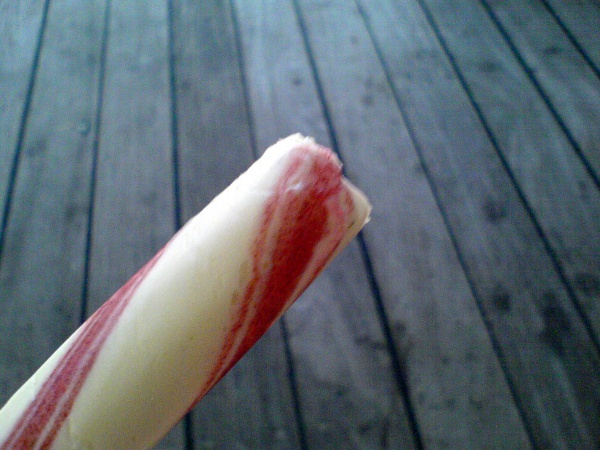Facts About Polkagris
Polkagris is a cherished Swedish stick candy that dates back to 1859, created by Amalia Eriksson in the picturesque town of Gränna, Sweden. This traditional treat is a staple at fairs and Christmas markets throughout the country. Renowned for its refreshing peppermint flavor and iconic red and white stripes, polkagris has a unique name that translates to "polka pig"—with "polka" referring to the lively dance and "gris" being an old term for candy.
Eriksson's invention was born out of necessity; she needed a means to support her family after her husband's untimely death. The candy-making process is quite hands-on, involving boiling, kneading, pulling, and twisting a sugar dough mixture. The classic recipe includes simple ingredients: peppermint, sugar, water, and a touch of vinegar.
Despite being a small town with just 2,500 residents, Gränna attracts over a million visitors each year, all eager to taste the famous polkagris. The candy’s popularity has even spread beyond Sweden, with specialty stores emerging in places like Stockholm and Solvang, California.
Adding to its allure, Gränna hosts an annual world championship in polkagris making, turning candy crafting into a festive tourist event. The polkagris has also made its mark in the Guinness Book of World Records with feats such as the longest, tallest, and heaviest candy stick.

 Norway
Norway